September 8, 2013
That was the signature sound of the scrub while I was exploring a new area of Ocala National Forest this morning. Indicative of the vastness of Ocala, I spent over four hours driving/birding on one forest road. Forest Road 05 between the Big Scrub on the south and its intersection with Hopkins Prairie Road (FR50) on the north spans only about 15 miles as the crow flies, but it kept me occupied for the whole of the morning.
My first stop of the morning was Sunnyhill Restoration Area, just north of CR42 and east of Starke’s Ferry. Not much happening there, though I did see a small cluster of roosting zebra longwing butterflies (Heliconius charithonia); I had heard of this communal roosting behavior of zebras before, but had never seen it. The three dew-covered compatriots were still a bit too chilled out to begin their daily activity.
I left Sunnyhill and headed north of CR42, back into Ocala National Forest. I’ve spent almost no time in the southeastern corner of the forest, so this was all new and exciting territory for me. I started east on FR14, but after about 10 minutes of driving straight into the sun, my keen sense of light told me this was no good. So I took a shot and headed north on FR05. Hell of a shot.
When birding/photographing from the car, N-S roads are my preference in the morning, as the driver’s side scenery is drenched in beautiful early morning light. Ideally, the road passes through a variety of interesting habitats, and is lightly travelled. FR05 was exemplary on both counts. In the course of the four hours spent there, I didn’t see another vehicle on the 12 or so miles south of State Road 40. Which meant that I could feel free to ignore normal road conventions and drive on the left side, which is closer to the habitat and critters in the direct morning light.
Diversity of habitats? As everyone’s favorite twit might say, you betcha! The mainstay of Ocala National Forest is scrub and sandhills; FR05 is biased towards the former. Scrub in all its variants is interspersed like a mosaic along it’s length. Great orthogonal tracts of recently clearcut sand pine scrub, regenerating oak-dominated scrub in a variety of states of maturity, and uniform even-aged stands of sand pine scrub were all there, as well as nearly every intermediate between those habitats you can imagine. Some bits of sandhill as well, but none of the majestic mature tracts like those found in some other parts of the forest. Nestled in among these habitats are a rich diversity of open, wetland habitats – some ephemeral, some permanent. FR05 passes by several small to mid-sized lakes, and many shallower depressions that harbor grass-dominated prairie habitats. These little mini-grasslands surrounded by fringing tracts of hammock, scrub or sandhills sometimes take my breath away.
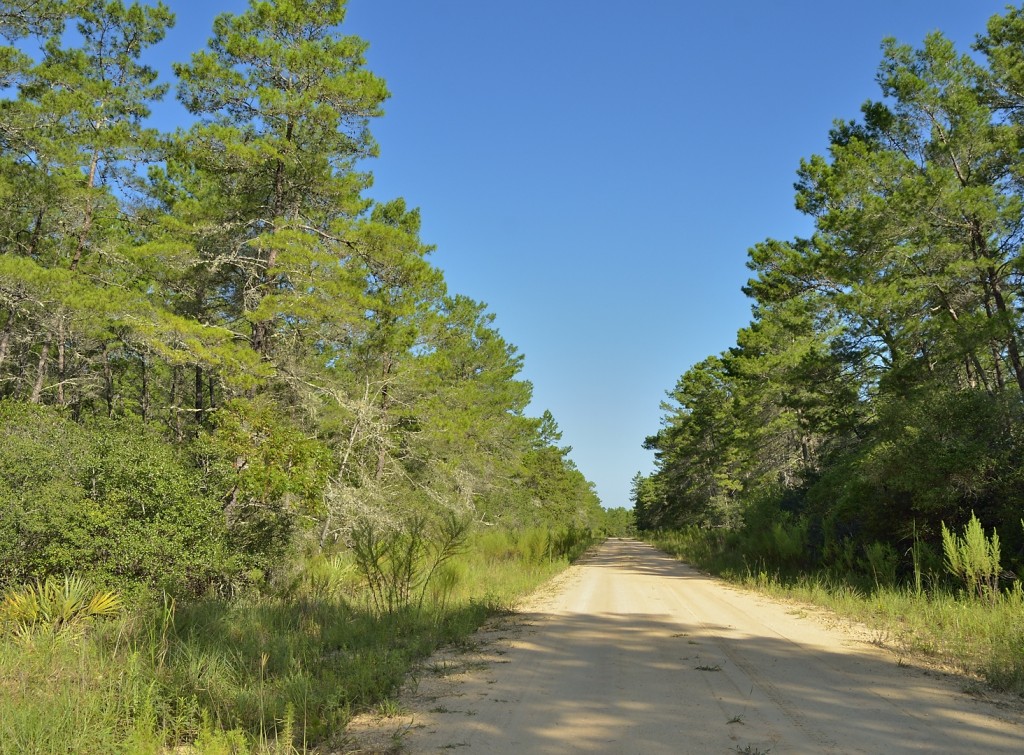
The low structural diversity of mature sand pine scrub doesn’t support as great a diversity or density of birds as more recently disturbed sites.
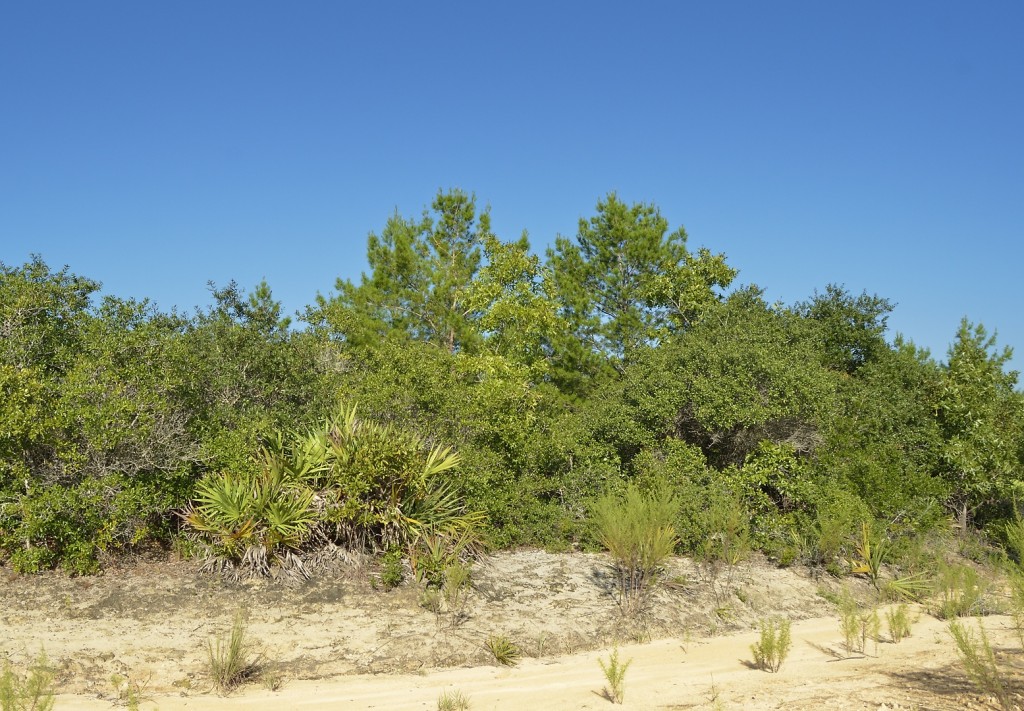
It may not look all that appealing, but this scrubby oak stage of scrub regeneration can be absolutely teeming with passerine birds at some times of year.
But back to the birds. As has been my experience in the Hopkins and Juniper Prairie sections of Ocala, the greatest diversity of both resident and migrant passerines was in the oak-dominated, regeneration phase of scrub. The sand-pine dominated tracts were mostly devoid of activity, though towhees and white-eyed vireos were still singing there. In the oaky scrub, though, I found several excellent flocks that held migrant warblers. Not a great diversity, but excellent numbers. Prairie warblers turned up repeatedly, sometimes 4 or 5 birds at a time, but that wasn’t the species that gave me the warm fuzzies this morning.
Which brings me back to the subject – chewk! Learn that call, and you’ll get a true index of the abundance of ovenbirds during their peak of passage through the state. Ovenbirds were everywhere this morning, though I only saw about 5 or 6 individuals. I heard at least 20 more. Once one bird begins uttering this distinctive alarm call, any others in the area are likely to vocalize as well. I saw/heard no ovenbird singles this morning. There were always at least 2-3 birds chewking, sometimes more. But damn, those little dudes do not like to come out in the open. They have achieved maximum skulkitude. So while I got dozens of photos of prairie warblers, I got only a handful, at too great a distance, of the ovenbirds.
The prairies and ovenbirds were the dominant birds of the morning, but I also turned up yellow-throated and pine warblers, northern parulas, a summer tanager, and 3 or 4 yellow-throated vireos, a couple of which were still singing. That’s always a tough bird for me to find, either in the breeding season or migration. They kept their distance, though – no killer photo ops. It was a respectable contingent of migrants along with an abundance of the permanent residents (lots of Florida scrub jays) – FR05 goes on my To Visit Again list.
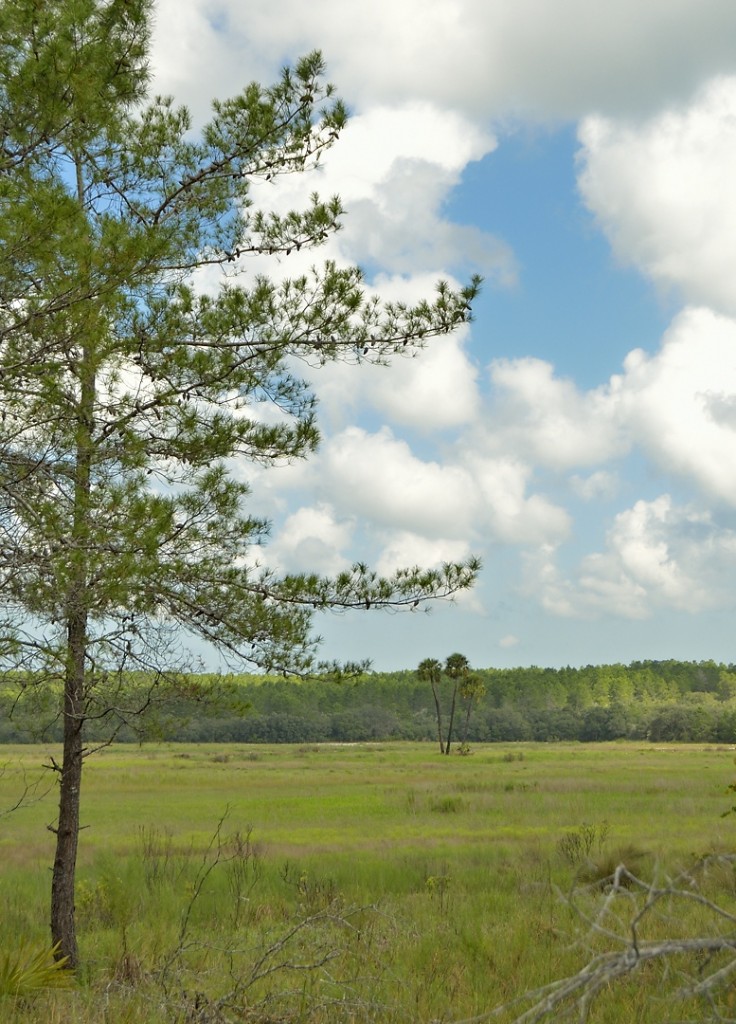
Zay Prairie, a lovely temporary wetland on FR05. I can’t think of many places where you see sand pine and sabal palms in contiguous habitats.
The morning ended on an especially high note, once again due to a herp. As I drove south on the northern section of FR05, just south of its terminus at FR50, I saw a lizard in the entry road to the parking area for the Lake Eaton sinkholes trail. I was thrilled to find as I approached it that it was the Florida scrub lizard, Sceloporus woodi. This endemic species is restricted to scrub, and found only in Florida, in contrast to its more ubiquitous cousin, the eastern fence lizard, Sceloporus undulatus. Fence lizards still get me excited, but it had been years since I had seen a scrub lizard, and the first chance I had to get digital photos of one. And though this guy was basking in full sun in the middle of the road, he allowed me to approach within a few feet and fire off a couple hundred frames before he eventually headed for cover.
No better way to end the morning than with a cooperative squamate.
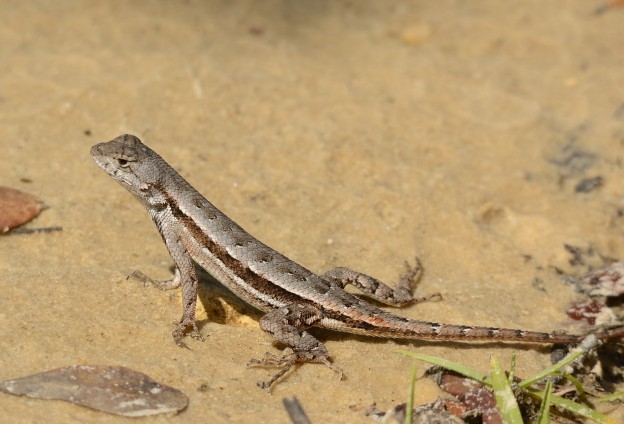
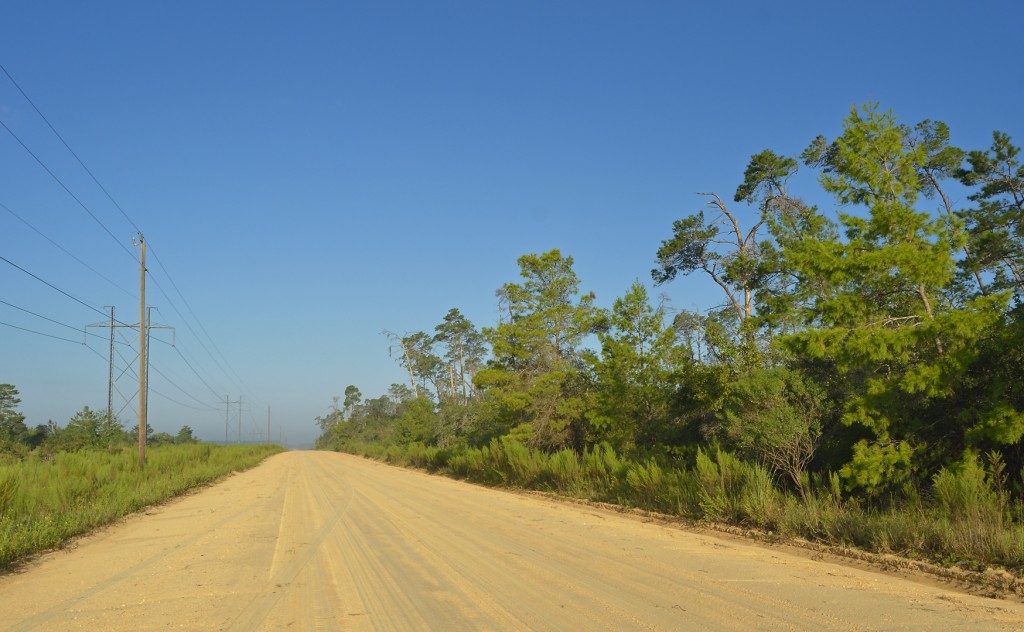
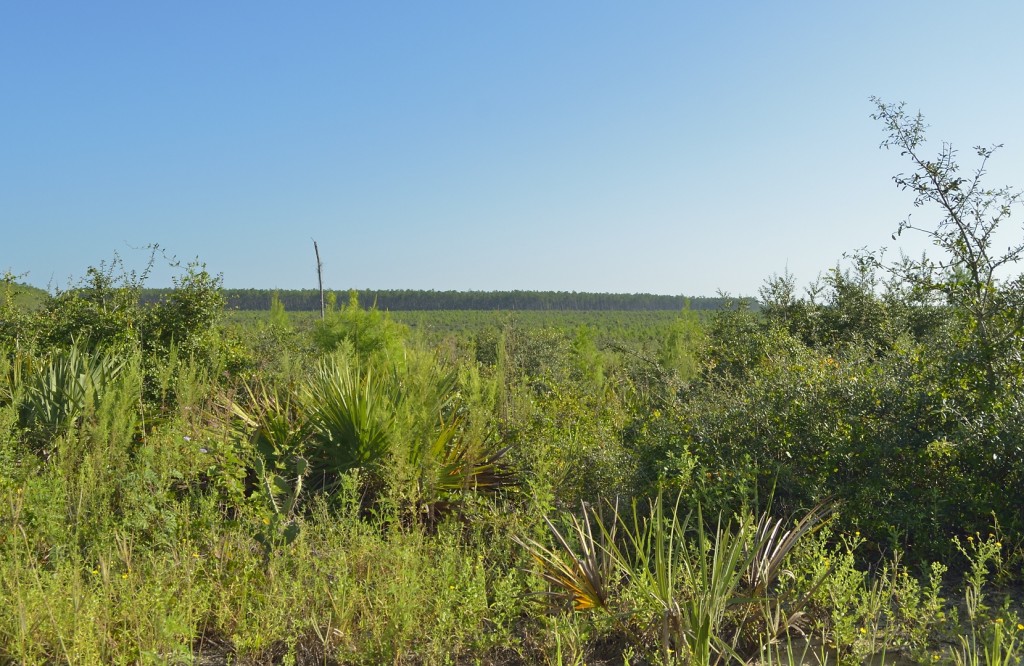
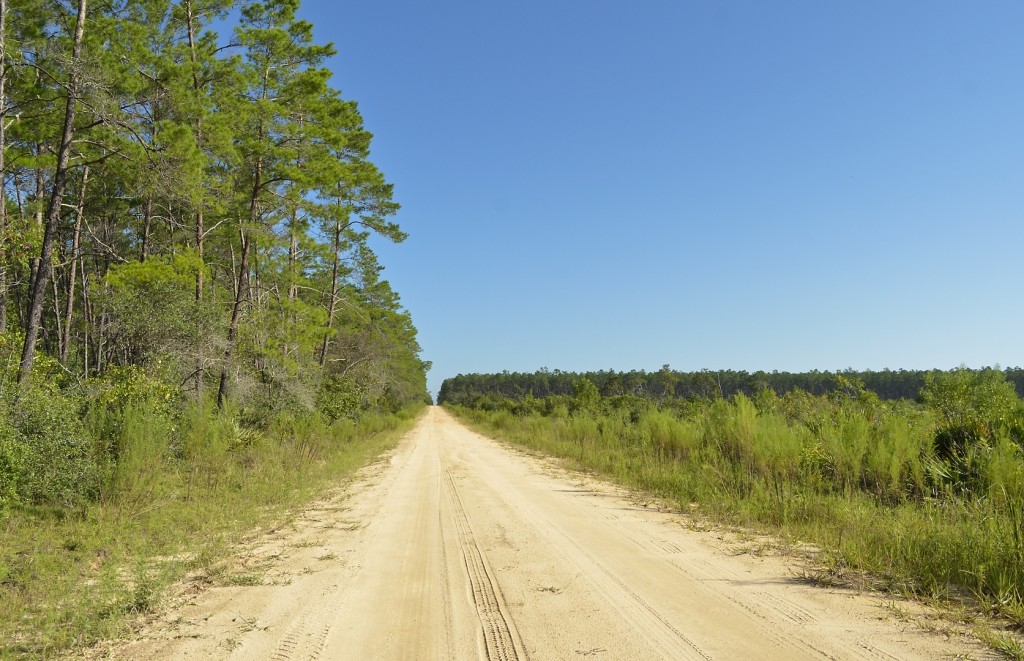
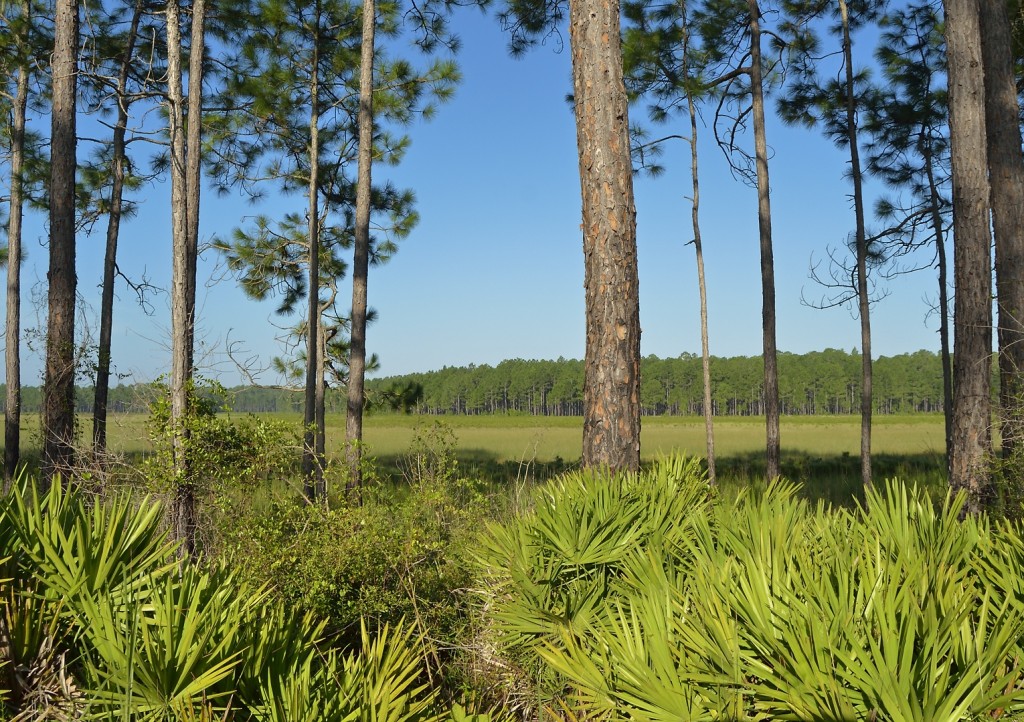
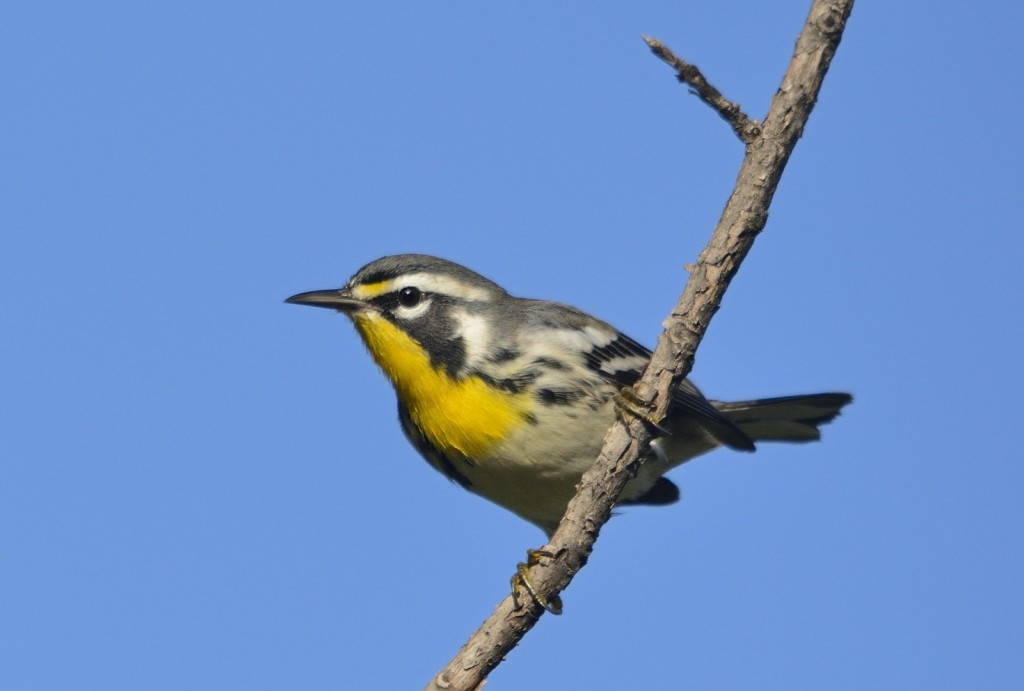
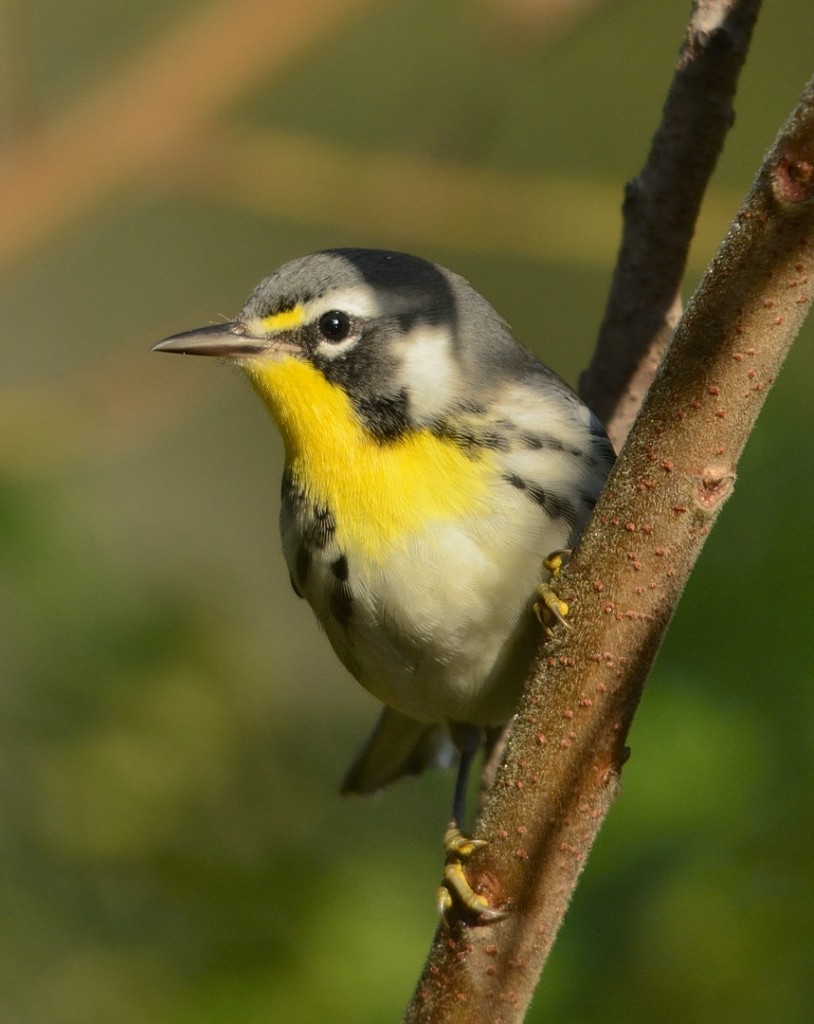
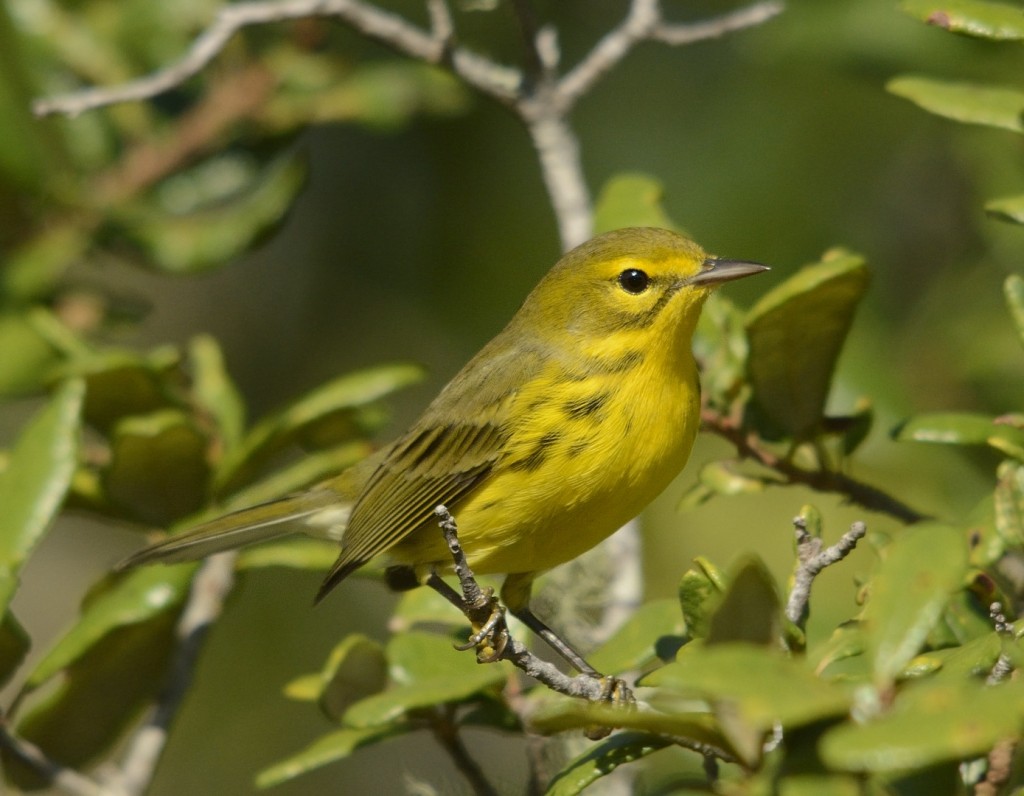
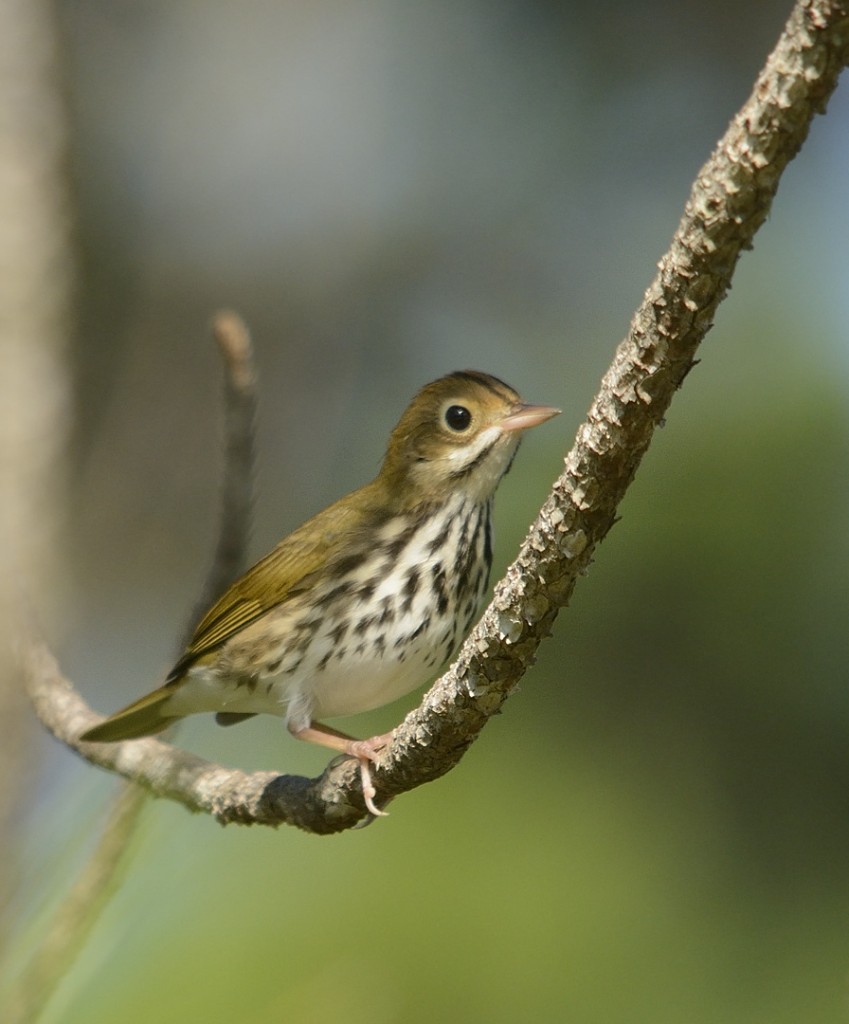
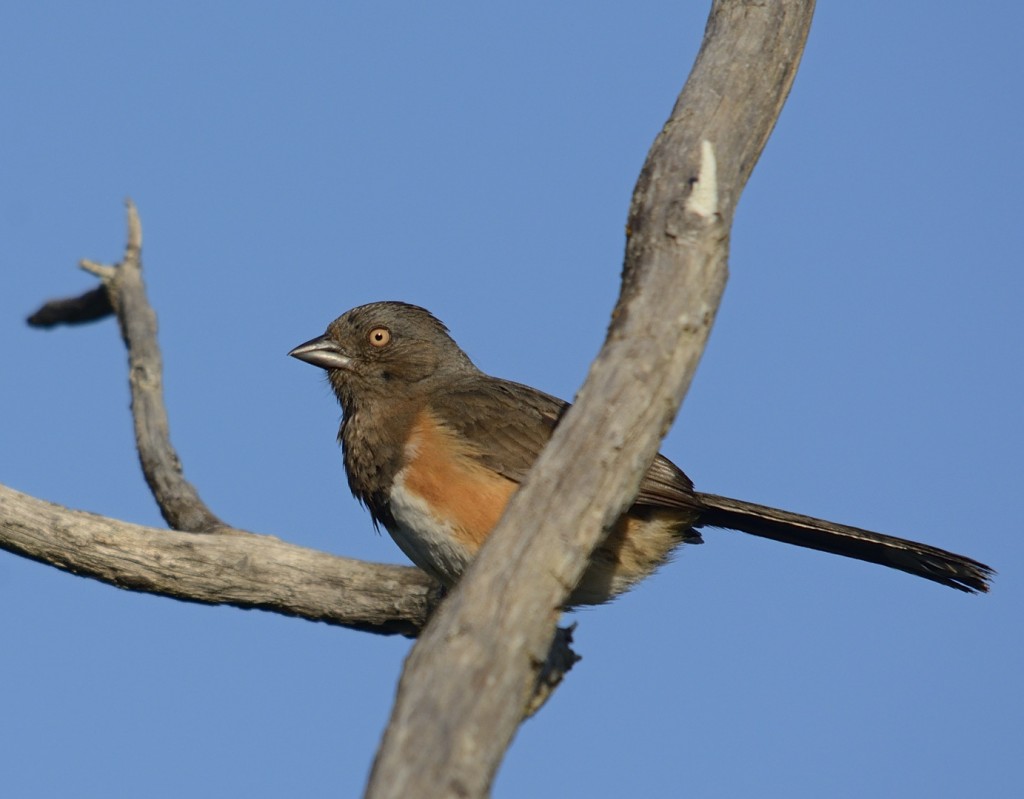
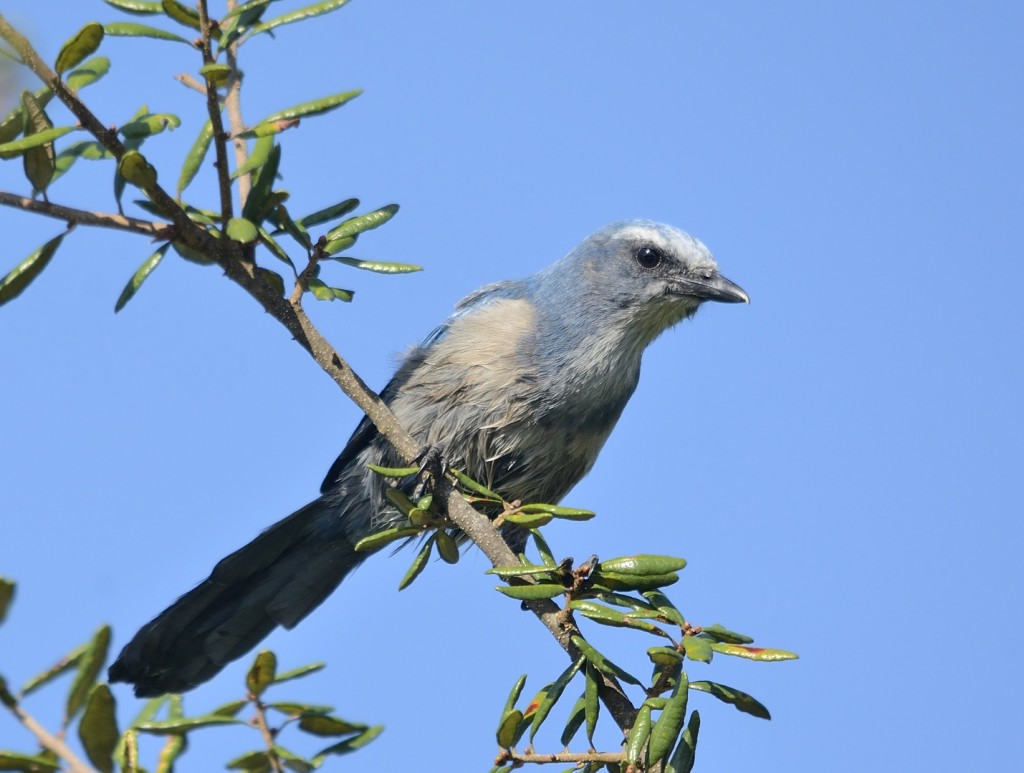
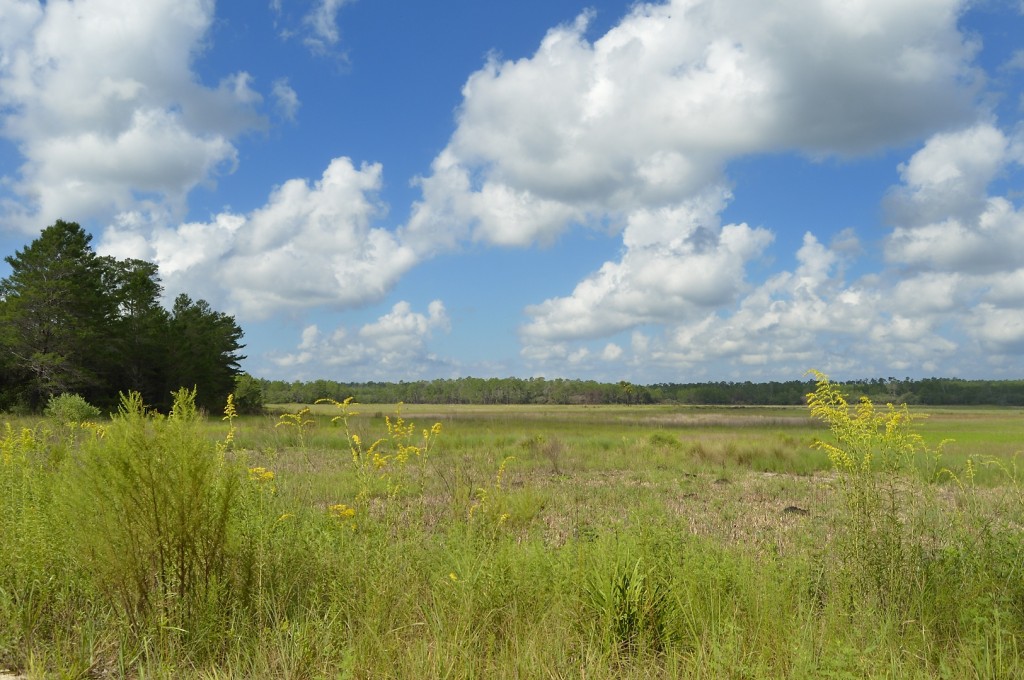
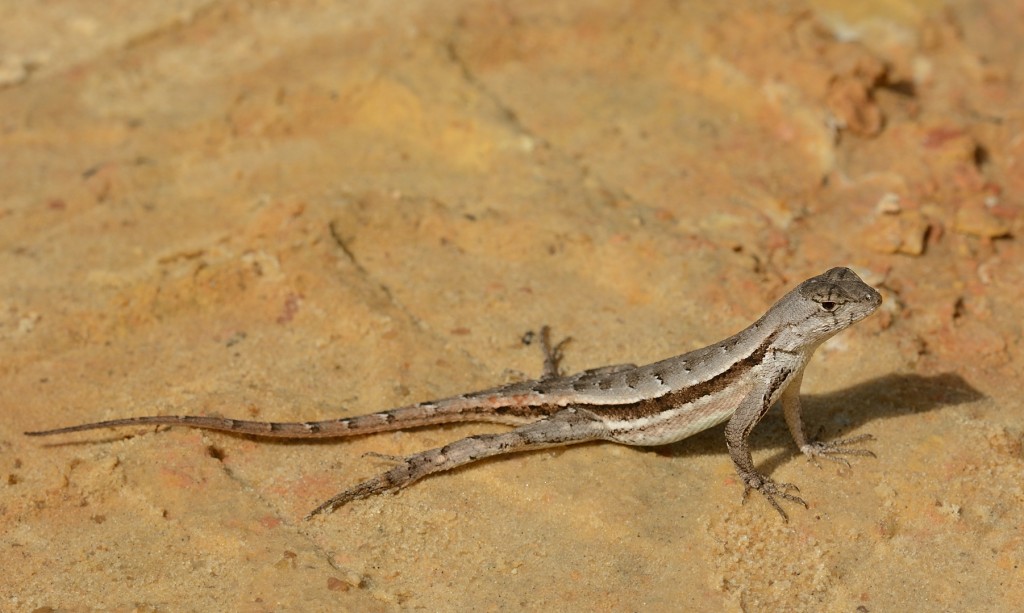
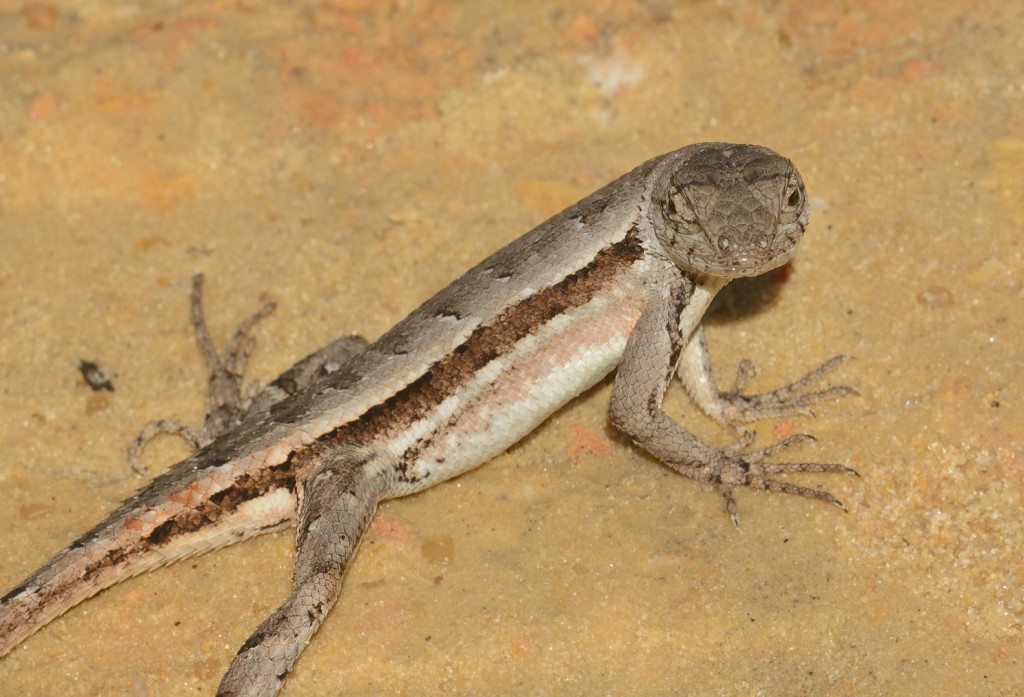
I just had to thank you for all the beautiful pictures. I too was in the forest this weekend at Hopkins Prairie and it was so peaceful and pretty. I always liked Zay Prairie and I have seen a lot of deer there. Thank you again for the pics Vicki
Thank you, Vicki. You are very kind.
Pingback: The Ultimate Ocala Loop | Volusia Naturalist